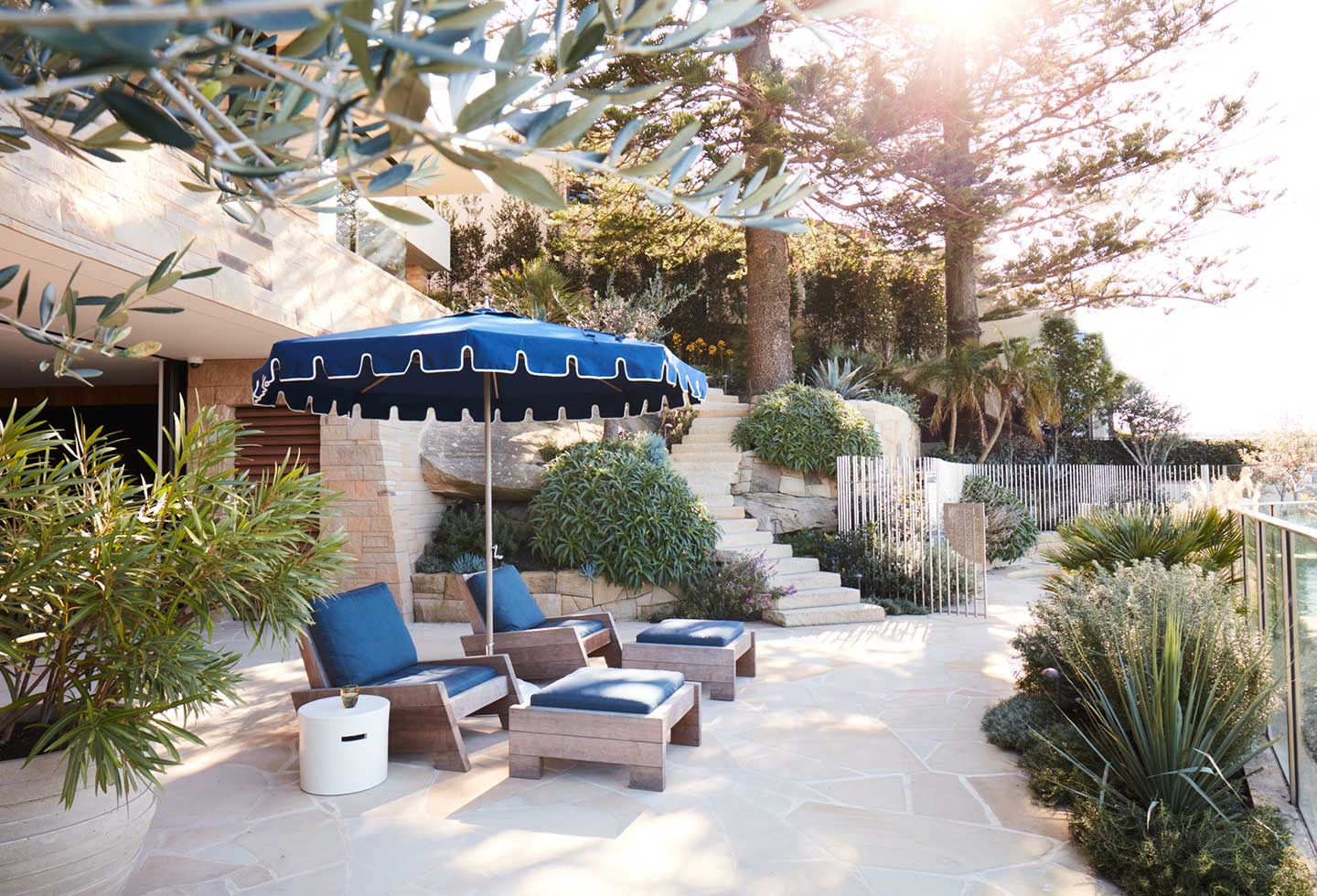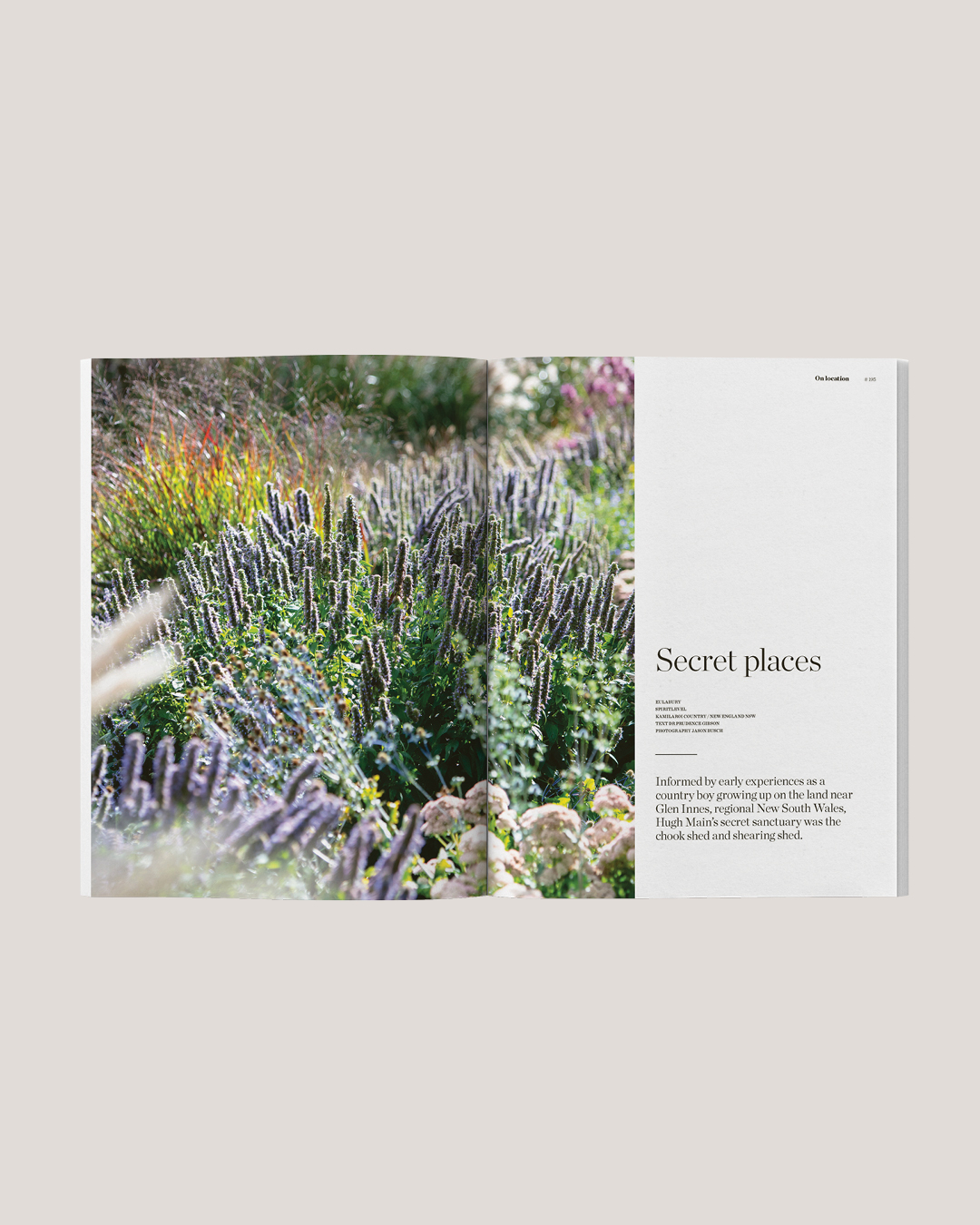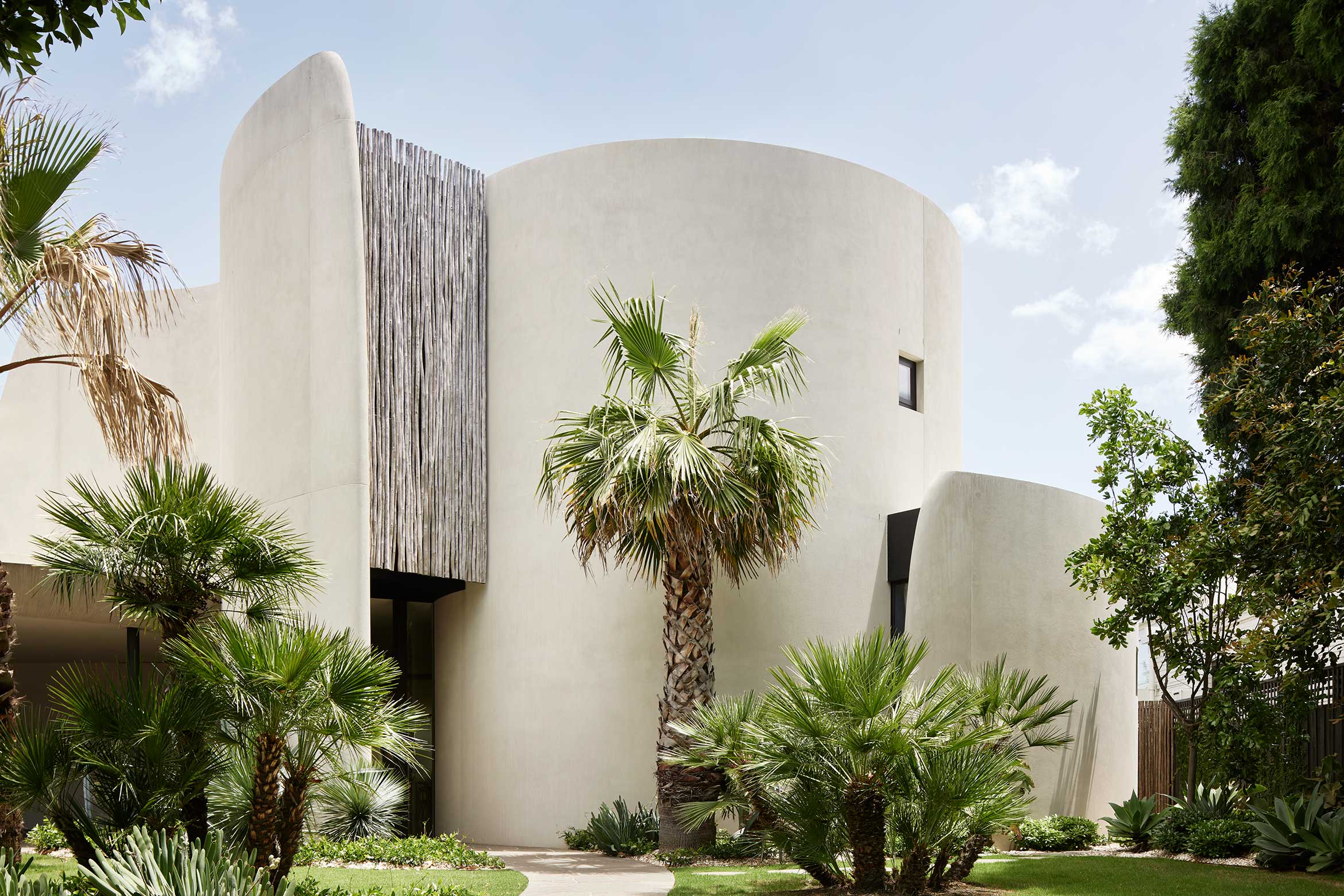“I think of myself as a gardener who owns a landscape architecture firm,” says Myles Baldwin, with a level of modesty that belies his impressive portfolio spanning over two decades of transformative landscape design in Australia and abroad. This unpretentious self-acknowledgement offers a glimpse into Baldwin’s charming, authentic and salt-of-the-earth approach.
Baldwin’s connection to gardens began in the suburban backyards of Sydney’s Sutherland Shire. “I’ve always gardened, even as a child,” Baldwin recalls. “My mother would plant trees, and I would rearrange them all.” This early fascination led him to formal studies in horticulture and gardening at TAFE, and a pivotal apprenticeship at The Royal Botanic Garden, Sydney, where he was surrounded by the most interesting plants in the world, and later earned the Director’s Award.

It was during wet weather at the Botanic Gardens that Baldwin’s deep understanding of garden history and design principles took root. Unable to work outside (due to workplace policy), he would immerse himself in the library’s collection, developing a deep knowledge base that would later inform his conscientious and rigorous approach to landscape design. His first book purchase, Thai Garden Style, hinted at what would become a career-long interest in a broad range of garden traditions.
Following his studies, Baldwin’s horizons expanded significantly through international travel, where he saw firsthand the pioneering work of Dutch garden designer Piet Oudolf, British garden designer Thomas Stuart-Smith and American landscape architects Wolfgang Oehme and James van Sweden. These encounters came at a crucial moment – the early stages of the modern perennial movement – and opened his eyes to how traditional perennial borders could be reimagined as meadows and rewilding projects. The influential gardens at Wisley in the United Kingdom left an indelible impression, broadening his perspective on what Australian gardens could become.
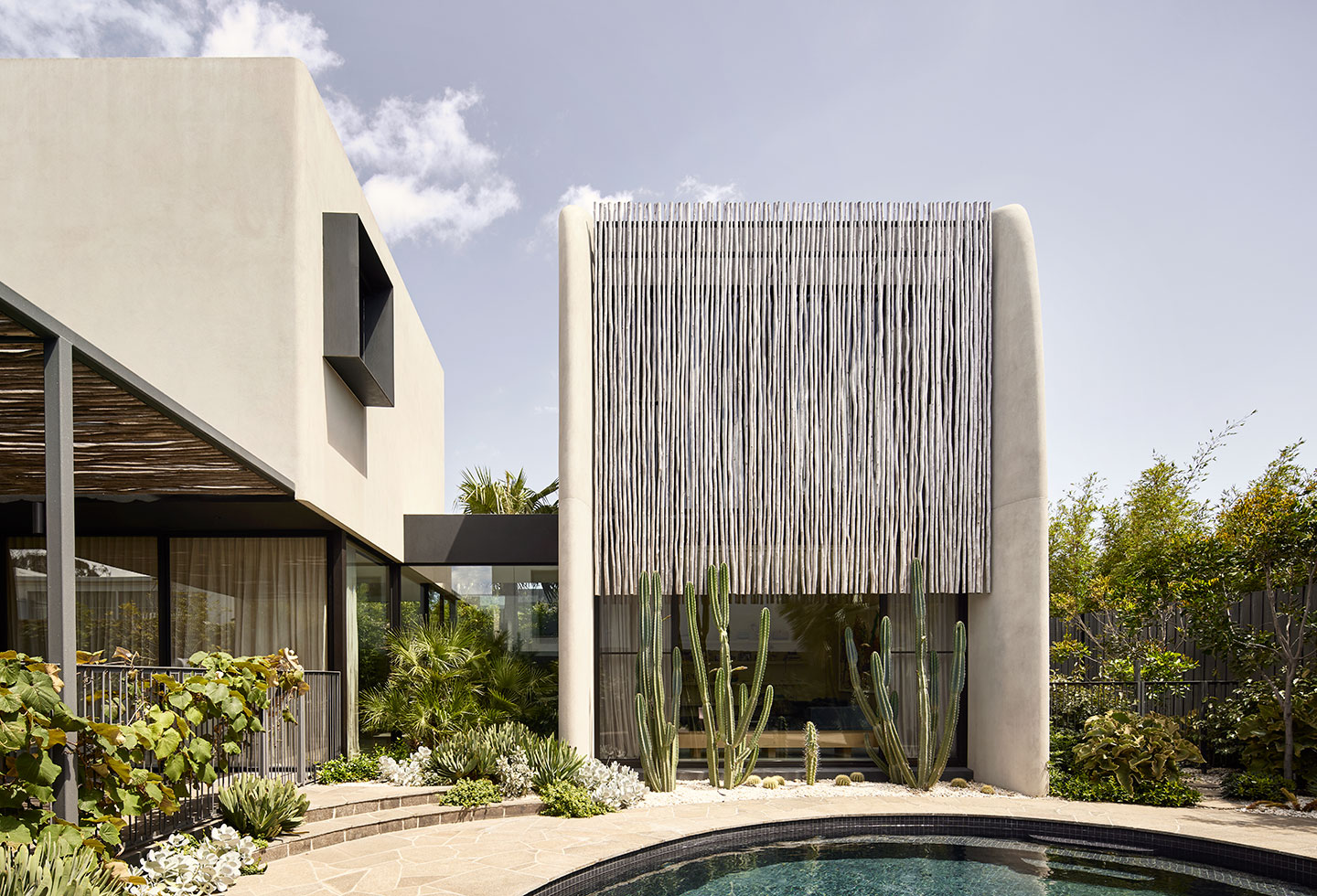
Today, these international influences continue to inform Baldwin’s practice, whether drawing inspiration from Japanese garden principles for a native garden in Bronte or looking to successful plantings on Italy’s Capri island for coastal gardens. “International influences broaden the horizons of the coastal garden (in Australia),” Baldwin reflects. “I don’t just have to think of a local scrub plant, I can consider ideas from the Mediterranean or California.”
The trajectory of Baldwin’s career changed dramatically with a phone call from Leo Schofield in 2000, leading to his first solo project: the restoration of Bronte House. The verdant gardens, which drew 9,000 visitors at its public opening, established Baldwin’s reputation. Today, with approximately 200 projects in various stages annually, Myles Baldwin Design (comprising a team of 20 across Sydney and Melbourne) has projects extending from Port Douglas to Hobart, Cottesloe to the Southern Highlands, and even reaching Queenstown and the United Arab Emirates.
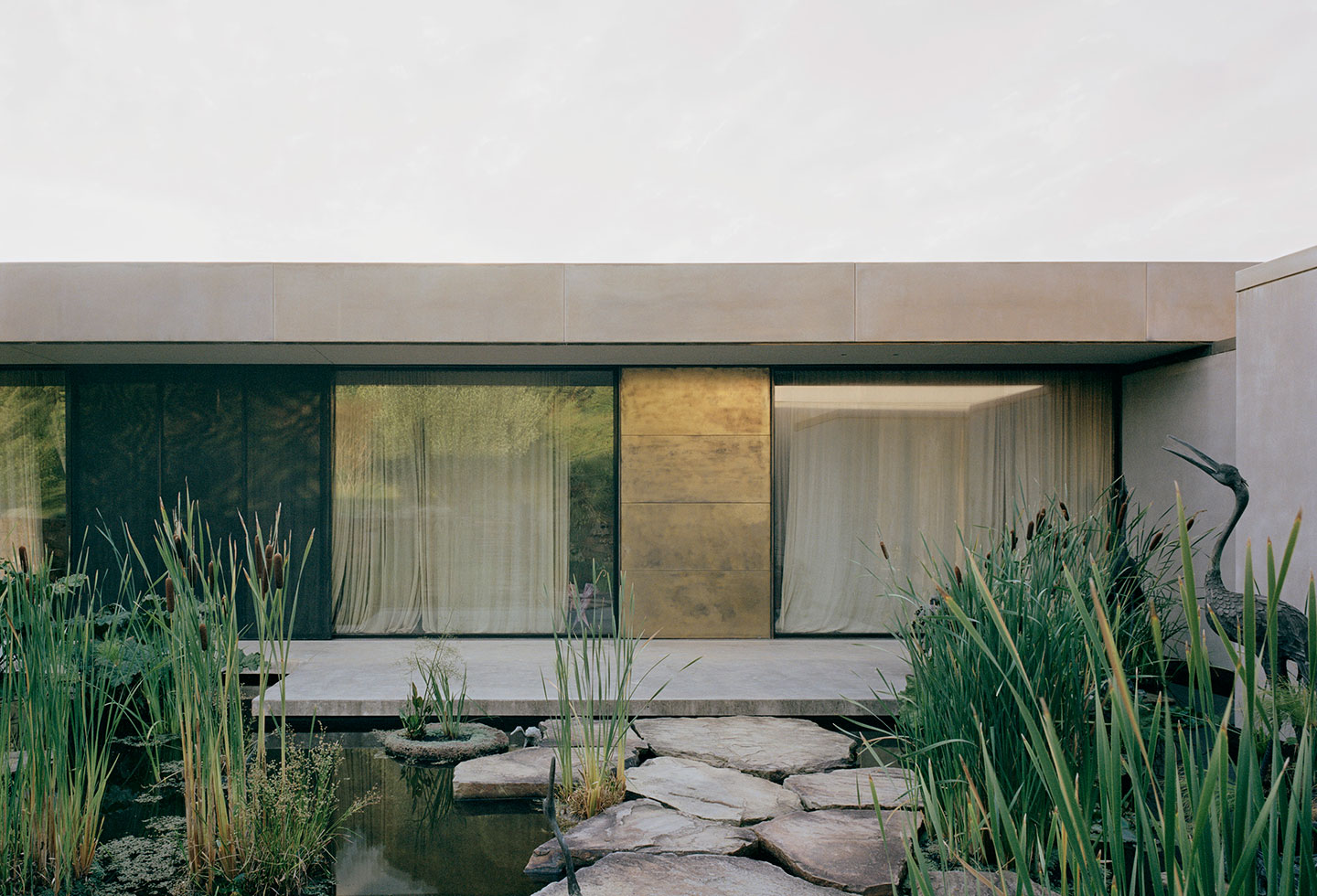
What sets the Myles Baldwin Design team apart is the resistance to being pigeonholed into a single style. “We’re not known for a particular aesthetic. Perhaps if anything we do botanical, fluid and romantic styles well,” he posits, describing a predominantly residential portfolio that ranges from arid cactus gardens to wild abundant seas of 10,000 grasses set against a meandering lake. This versatility stems from his belief that each garden should respond to its unique context – the site’s conditions, the architecture, and most importantly, the client’s brief and needs.
His approach to client relationships is refreshingly straightforward. “If the client has an unreasonable approach or they’re just not a nice person, then we won’t work together. It is a relationship. We weed them out, forgive the pun,” he states smiling. That said, he has established ongoing and successful collaborations with many of Australia’s leading architects, including Powell & Glenn, Luigi Rosselli, Weir Phillips, Fearon Hay, Tobias Partners, and leading designer Greg Natale, with whom Myles shares a sophisticated understanding of how interior design principles can extend into outdoor spaces. Further, he states without ego, “I’m a chameleon, I am able to adapt to each architect’s vision and I learn a lot.”
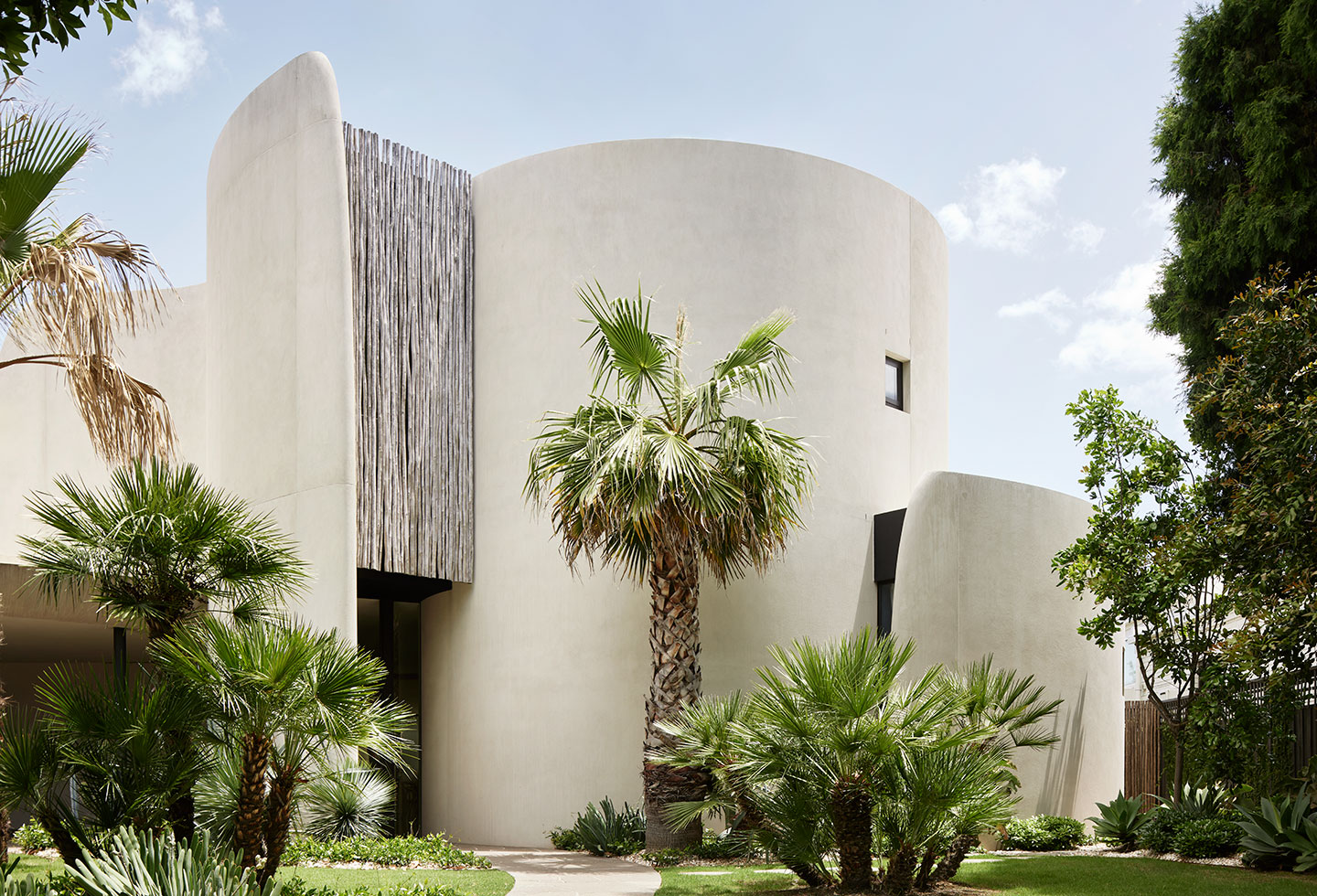
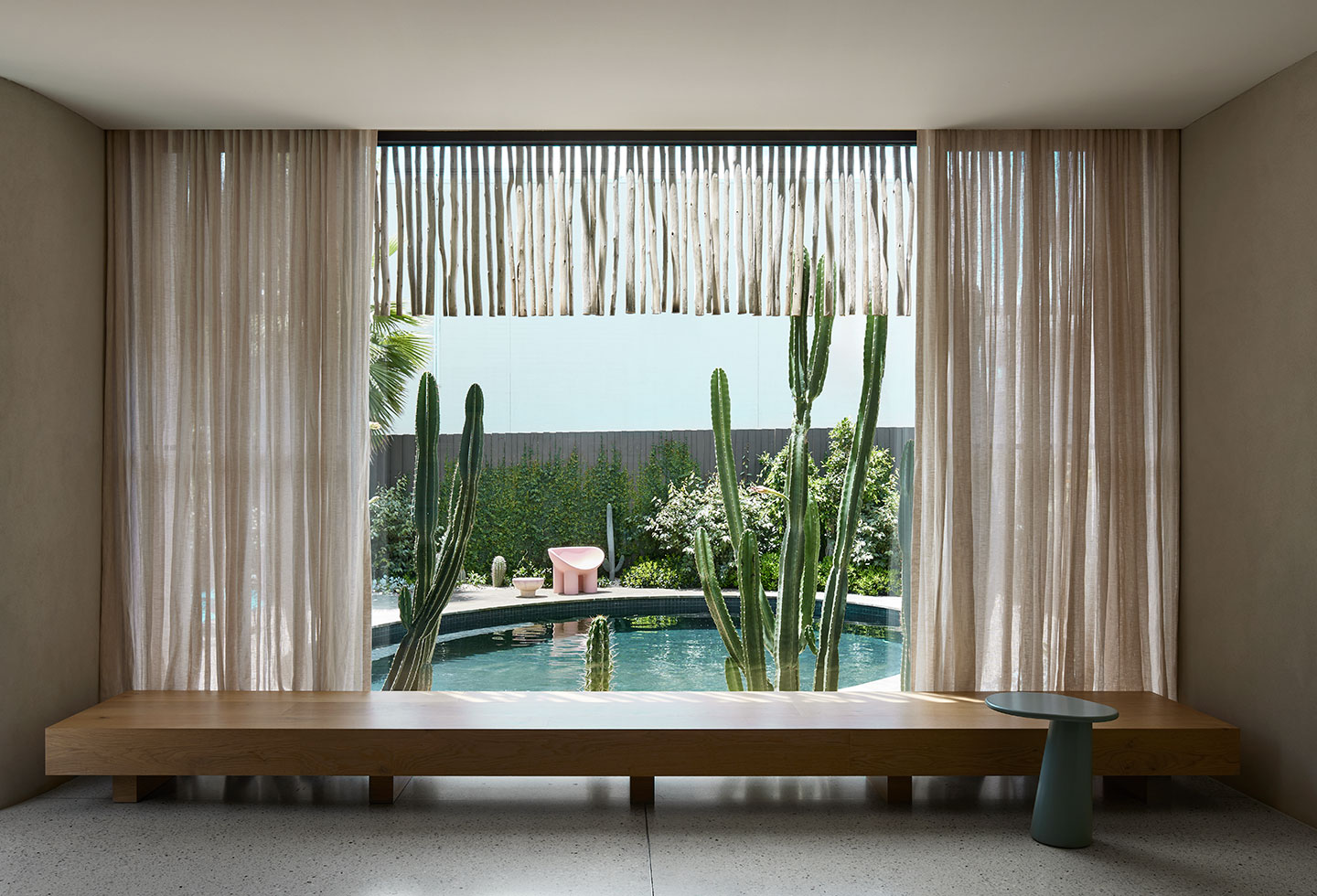
Baldwin and his team’s horticultural knowledge is evident in their plant selection process, where they begin each project’s concept design with shape, then form and size, before considering colour. “I often ask clients what colours they don’t like,” he reveals, demonstrating his practical approach to creating gardens that will be cherished and therefore maintained.
Twenty-five years of projects showcase the breadth of Baldwin’s capabilities. At the heritage-listed Boomerang in Elizabeth Bay, Sydney, Baldwin reimagined the grounds of the significant 1926 Spanish Mission style mansion with a Mediterranean and Moroccan-influence, reworking Max Shelley’s original and somewhat mismatched garden design after researching the original documentation. At NSW Parliament House, Baldwin created a thoughtful response to the colonial architecture by researching and incorporating plants native to Sydney Harbour’s original gullies, including an elegant grid of cabbage tree palms. By contrast, a recent collaboration with Leeton Pointon in Caulfield North, Victoria, celebrates the client’s passion for cacti and a laidback Palm Springs aesthetic.

Sustainability underpins all of Myles Baldwin Design’s work, with drought-proofing and water management being key considerations. Drawing inspiration from the west coast of the USA, South Africa and Mediterranean climates, the approach to sustainability extends beyond plant selection to include sophisticated water recycling systems and careful consideration of soil profiles. Further, projects often incorporate recycled or reclaimed trees, which Baldwin believes bring character and romance to a garden. “They tell the story of their history, site and scars,” he explains.
Looking ahead, Baldwin remains excited by new challenges for the firm, including a 20,000 sqm Pittwater estate and projects in Port Douglas and the Mornington Peninsula. His enthusiasm for these upcoming works is tempered by industry concerns, particularly the closing of small specialist nurseries and the increasing difficulty in sourcing unique specimens.
Through it all, Baldwin maintains the passionate curiosity of that young gardener, continuously learning and evolving. His three published books, award-winning designs, and growing practice testify to a career built on an unwavering commitment to creating gardens that stand the test of time. In an industry that often favours trends over tradition, Myles Baldwin remains, at heart, a charming gardener – albeit one who has elevated garden-making to an art form.
